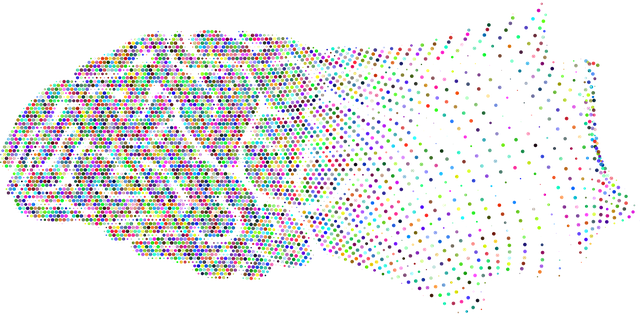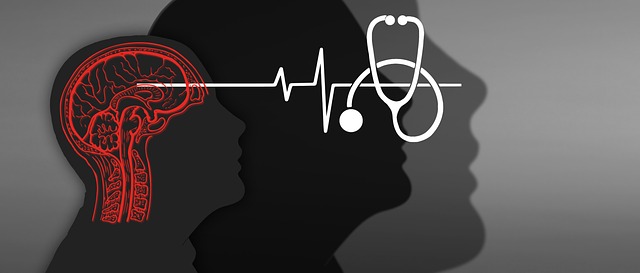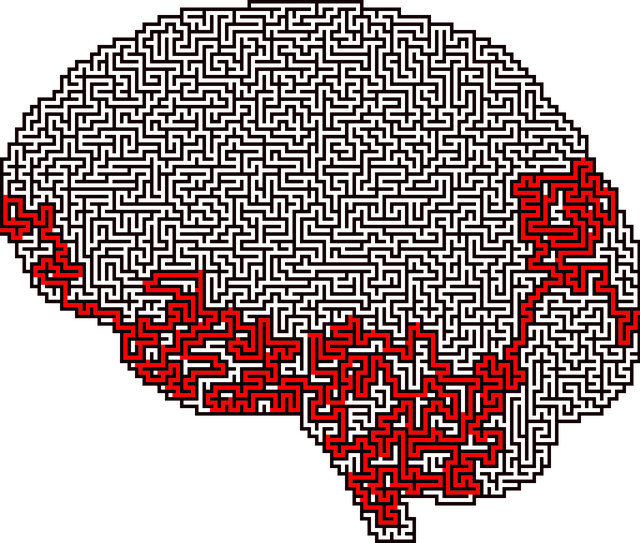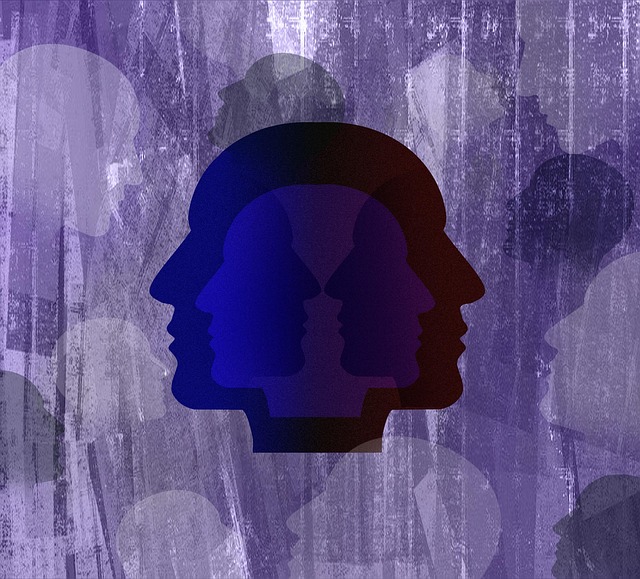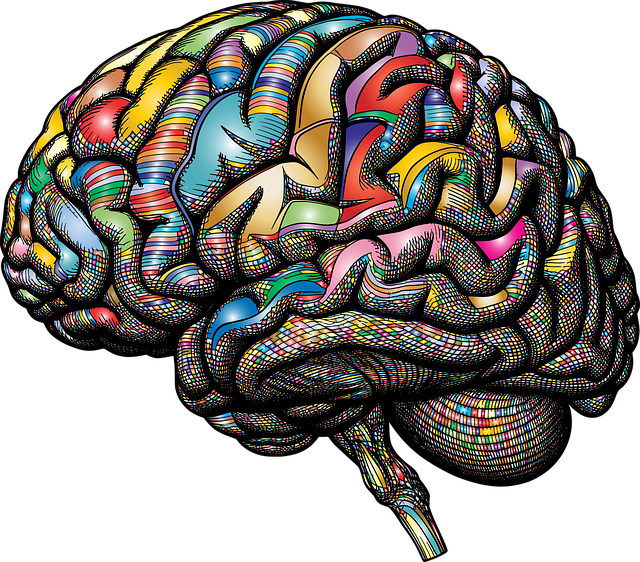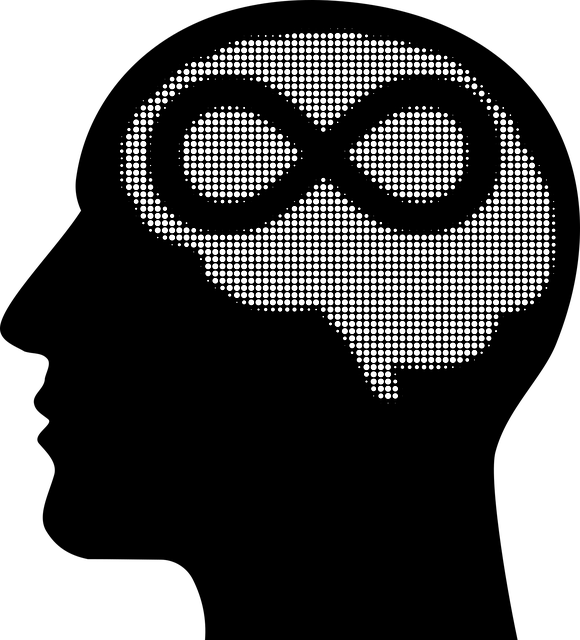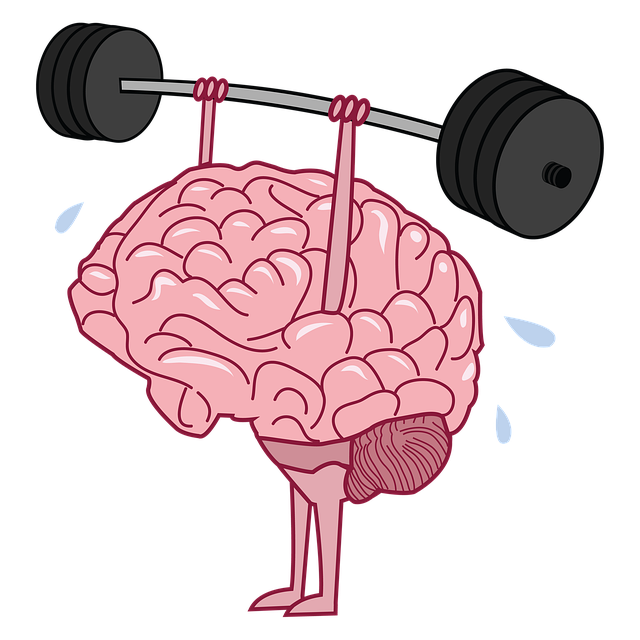Marketing mental wellness apps for adolescents with bipolar disorder requires a strategic approach focusing on creating safe spaces for education, tailored content addressing specific symptoms, and interactive features. Emphasize discrete, convenient therapy sessions and personalized communication tools to overcome hesitations towards traditional therapy. Utilize multi-channel marketing including social media, targeted ads, content marketing, influencer partnerships, user-generated content, email campaigns, and optimize for "Therapy for Adolescent Teens Bipolar Disorder" for maximum reach and engagement.
In today’s digital age, mental wellness apps offer invaluable support for adolescents grappling with bipolar disorder. This article delves into a comprehensive marketing strategy development guide, focusing on reaching and engaging this at-risk demographic. We explore key steps, from understanding your target audience—adolescents with bipolar disorder and their unique needs—to crafting compelling value propositions that highlight app benefits in therapy. Additionally, we uncover effective marketing channels and strategies for maximum reach, ensuring a positive impact on mental health awareness.
Keywords: Therapy for Adolescent Teens Bipolar Disorder, Mental wellness apps.
- Understanding Your Target Audience: Adolescents with Bipolar Disorder
- Crafting a Compelling Value Proposition for Mental Wellness Apps
- Marketing Channels and Strategies for Maximum Reach and Engagement
Understanding Your Target Audience: Adolescents with Bipolar Disorder

Understanding your target audience is a crucial step in developing an effective marketing strategy for mental wellness apps, especially when focusing on adolescents with bipolar disorder. This demographic faces unique challenges related to managing their condition and navigating the complexities of adolescence. Many teens struggle with self-stigma associated with bipolar disorder, which can hinder them from seeking help or openly discussing their experiences.
Marketing efforts should therefore emphasize creating a safe and non-judgmental space for self-awareness exercises and mental health education. By offering tailored content that addresses specific bipolar symptoms, such as mood swings and sleep disturbances, you can attract teens in need of support. Incorporating interactive features like personalized tracking tools, mood journaling, and community forums can foster engagement. Additionally, promoting conflict resolution techniques within the app could help adolescents manage interpersonal challenges often associated with mental health struggles.
Crafting a Compelling Value Proposition for Mental Wellness Apps

In today’s digital age, mental wellness apps are becoming increasingly popular as a go-to solution for individuals seeking therapy and emotional support. When developing marketing strategies for such apps, crafting a compelling value proposition is key to attracting and retaining users. For apps focusing on adolescent teens with bipolar disorder, the value proposition should highlight how the app provides accessible and tailored therapy sessions designed specifically to address the unique challenges of this demographic. By emphasizing the app’s ability to offer discrete, convenient, and effective treatment options, such as personalized communication strategies and emotional healing processes, it can appeal to teens who might be hesitant to seek traditional in-person therapy.
Incorporating features like interactive mental wellness podcast series production can further enhance engagement, allowing users to access informative and inspiring content at their own pace. This multi-faceted approach ensures that the app not only treats symptoms but also educates and empowers teens to actively manage their bipolar disorder. Effective marketing should communicate these benefits, ensuring potential users understand how the app seamlessly integrates into their lives, promoting mental wellness in a discrete and supportive manner.
Marketing Channels and Strategies for Maximum Reach and Engagement

To maximize reach and engagement for a mental wellness app targeted at adolescent teens with bipolar disorder, a multi-channel marketing strategy is essential. Social media platforms like Instagram, TikTok, and YouTube are powerful tools to connect with this demographic, leveraging engaging video content, relatable influencers, and supportive communities. Running targeted ads on these channels allows for precise reach based on age, interests, and even symptoms of bipolar disorder.
Additionally, content marketing through blogs, articles, and infographics that address mental illness stigma reduction efforts, mood management techniques, and guidance on mental wellness journaling exercises can attract and retain users. Collaborating with mental health advocates and incorporating user-generated content further enhances authenticity and engagement. Email marketing campaigns focused on sharing personal stories, app updates, and exclusive resources also foster a sense of community and encourage continued interaction with the app.
Developing a marketing strategy for a mental wellness app focused on adolescents with bipolar disorder requires a deep understanding of their unique needs. By targeting this specific audience, app developers can offer tailored solutions that resonate deeply. Through compelling value propositions emphasizing the app’s ability to provide accessible and effective therapy for adolescent teens with bipolar disorder, along with targeted marketing channels like social media campaigns and partnerships with mental health advocacy groups, it’s possible to achieve maximum reach and engagement. This approach not only helps young users navigate their challenges but also fosters a community that supports their mental wellness journey.
